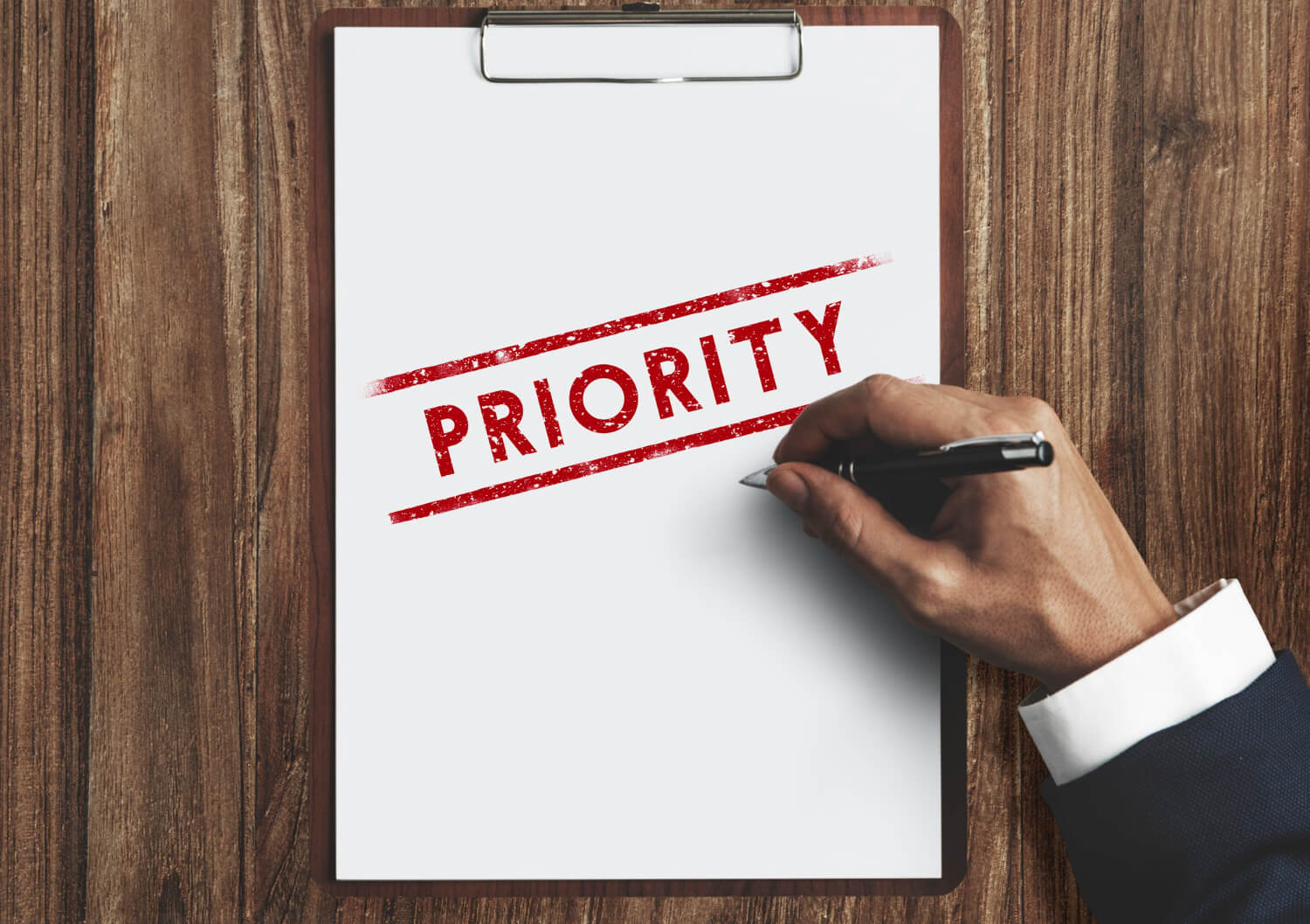How do Technical Writers communicate their priorities? Priorities are needed to accomplish goals and to make sure important tasks get completed. Once priorities are established, they help us to be organized and to define what has to be done and in what order. Sometimes you can recognize and know right away what the priority is (i.e., data security). But what if there is so much work that you cannot determine the priority? Many organizations are fast-pace moving. How can Technical Writers keep up and prioritize?
Meetings
- Attend all the meetings that you can to remain in the loop. This way you can see what is coming in the future and be prepared for it. When you begin to see what and how much is coming down the pipeline, then create your own meeting.
- Have a meeting with all managers and stakeholders; communicate and collaborate. Take advantage of this meeting and set up an agenda of what has to be discussed to help in examining and arranging priorities.
- From this meeting, see what others think of your self-determined priorities – do they agree or disagree – discuss it. Try to get them to see your viewpoint and/or compromise.
- Provide at the meeting a list of issues that might prevent certain priorities (i.e., cost, resources, etc.).
- Discuss what the company goal is. This can help in deciding what project should be priority.
- Review prior projects. (This is one of the reasons to have post mortems at the end of projects.) From accessing previous projects, see if you can pinpoint what was learned. See how you could have accomplished the end more quickly, more easily, or with better results. This is where you find out what went right and what went wrong. This can help in setting priorities by knowing what should come next.
- Visually display a mapping to show how possible tasks can be accomplished simultaneously to meet goals.
- Discuss the option of setting up phases of development to accomplish tasks or the option of reusing a portion of some previous, e.g., application or document, to complete a particular task.
Get Feedback
- Take a survey and see what others think about the different tasks that need to get accomplished.
- Meet with stakeholders and discuss the feedback.
- Find out why the stakeholders believe their project should be top priority.
Stay Informed
Finally, stay informed as to what else is happening within the organization so that you stay ahead of the game and can make adjustments quickly without missing the delivery date.
- Stay in control of the life cycle of each project; especially if it is a priority.
- Be assertive about no more changes if re-prioritizing seems to be in the future.
- Document the process involved for communicating priorities. See if you can make it simpler and reusable.
- Set up a calendar for yourself and for others to see; keep others in the loop.
- Keep your own calendar up-to-date.
What process have you used to handle priorities?
 Sections of this topic
Sections of this topic
















